..... Anything You Want to Talk About VII? - (probably mostly OT)
tapla (mid-Michigan, USDA z5b-6a)
9 years ago
last modified: 2 years ago
Featured Answer
Sort by:Oldest
Comments (1.6K)
tapla (mid-Michigan, USDA z5b-6a)
last yearfour (9B near 9A)
last yearRelated Professionals
Apollo Beach Landscape Contractors · Fort Wayne Landscape Contractors · Oviedo Landscape Contractors · Seven Hills Landscape Contractors · Soddy Daisy Landscape Contractors · Mesquite Solar Energy Systems · Phelan Window Contractors · Clermont Fence Contractors · South Yarmouth Fence Contractors · Camp Verde Landscape Contractors · Framingham Landscape Contractors · Las Vegas Landscape Contractors · View Park-Windsor Hills Landscape Contractors · Gloucester City Interior Designers & Decorators · Springdale Handymantapla (mid-Michigan, USDA z5b-6a)
last yearfour (9B near 9A)
last yeartropicofcancer (6b SW-PA)
last yeartapla (mid-Michigan, USDA z5b-6a)
last yearfour (9B near 9A)
last yearlast modified: last yeartapla (mid-Michigan, USDA z5b-6a)
last yearlast modified: last yearfour (9B near 9A)
last yeartapla (mid-Michigan, USDA z5b-6a)
last yearfour (9B near 9A)
last yeartapla (mid-Michigan, USDA z5b-6a)
last yeartropicofcancer (6b SW-PA)
last yearlast modified: last yeartapla (mid-Michigan, USDA z5b-6a) thanked tropicofcancer (6b SW-PA)tapla (mid-Michigan, USDA z5b-6a)
last year- tapla (mid-Michigan, USDA z5b-6a) thanked chamaegardener (Z5) Northeast Illinois
tapla (mid-Michigan, USDA z5b-6a)
last yearfour (9B near 9A)
last yeartapla (mid-Michigan, USDA z5b-6a)
last yearfour (9B near 9A)
last yearlast modified: last yeartapla (mid-Michigan, USDA z5b-6a)
last yearfour (9B near 9A)
last yeartapla (mid-Michigan, USDA z5b-6a)
last yearlast modified: last yearfour (9B near 9A)
last yearlast modified: last yeartapla (mid-Michigan, USDA z5b-6a) thanked four (9B near 9A)ken_adrian Adrian MI cold Z5
last yeartapla (mid-Michigan, USDA z5b-6a) thanked ken_adrian Adrian MI cold Z5jasmine UKzone9a
last yearlast modified: last yeartapla (mid-Michigan, USDA z5b-6a) thanked jasmine UKzone9atapla (mid-Michigan, USDA z5b-6a)
last yeartapla (mid-Michigan, USDA z5b-6a)
last yearjasmine UKzone9a
last yearfour (9B near 9A)
last yearfour (9B near 9A)
last yeartapla (mid-Michigan, USDA z5b-6a)
last yearfour (9B near 9A)
last yearlast modified: last yeartapla (mid-Michigan, USDA z5b-6a) thanked four (9B near 9A)tapla (mid-Michigan, USDA z5b-6a)
last yeartapla (mid-Michigan, USDA z5b-6a)
last yearfour (9B near 9A)
last yeartapla (mid-Michigan, USDA z5b-6a)
last yearfour (9B near 9A)
last yearchamaegardener (Z5) Northeast Illinois
last yearlast modified: last yeartapla (mid-Michigan, USDA z5b-6a)
last yearlast modified: last yearfour (9B near 9A)
last yearlast modified: last yeartropicofcancer (6b SW-PA)
last yeartapla (mid-Michigan, USDA z5b-6a)
last yearlast modified: last yeartapla (mid-Michigan, USDA z5b-6a)
12 months agoJodiK
12 months agotapla (mid-Michigan, USDA z5b-6a)
12 months ago
Related Stories

DECORATING GUIDESExpert Talk: Designers Open Up About Closet Doors
Closet doors are often an afterthought, but these pros show how they can enrich a home's interior design
Full Story
GARDENING GUIDESNew Ways to Think About All That Mulch in the Garden
Before you go making a mountain out of a mulch hill, learn the facts about what your plants and soil really want
Full Story
TRENDING NOWThe Story Behind the Most Popular New Photo on Houzz in 2018
The project’s designers and photographer share details about the kitchen that resonated with our community
Full Story
HEALTHY HOMEWhat to Know About Controlling Dust During Remodeling
You can't eliminate dust during construction, but there are ways to contain and remove as much of it as possible
Full Story
FUN HOUZZGuessing Game: What Might Our Living Rooms Say About Us?
Take a shot on your own or go straight to just-for-fun speculations about whose homes these could be
Full Story
PETSSo You're Thinking About Getting a Dog
Prepare yourself for the realities of training, cost and the impact that lovable pooch might have on your house
Full Story
WORKING WITH PROS10 Things Decorators Want You to Know About What They Do
They do more than pick pretty colors. Here's what decorators can do for you — and how you can help them
Full Story
REMODELING GUIDESWhat to Know About Budgeting for Your Home Remodel
Plan early and be realistic to pull off a home construction project smoothly
Full Story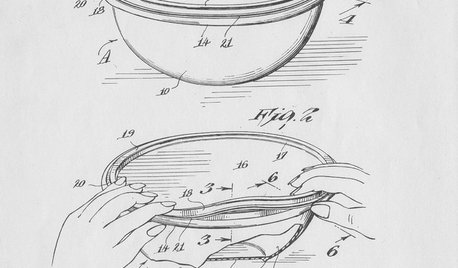
FEATURESHow Tupperware’s Inventor Left a Legacy That’s Anything but Airtight
Earl S. Tupper — and his trailblazing marketing guru, Brownie Wise — forever changed food storage. His story is stranger than fiction
Full Story
MOST POPULARWhat to Know About Adding a Deck
Want to increase your living space outside? Learn the requirements, costs and other considerations for building a deck
Full StorySponsored
Columbus Area's Luxury Design Build Firm | 17x Best of Houzz Winner!
More Discussions






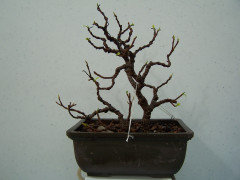


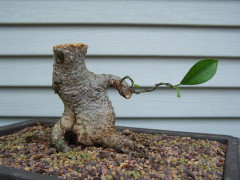

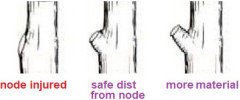


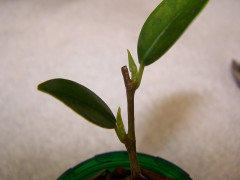


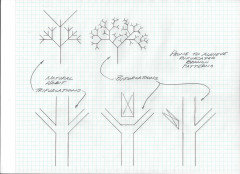
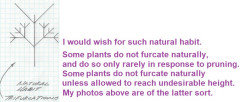
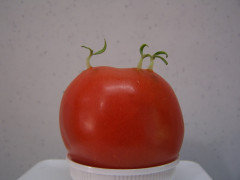


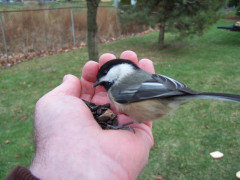
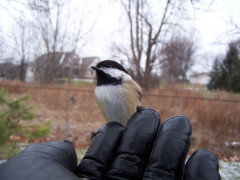

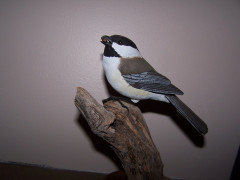
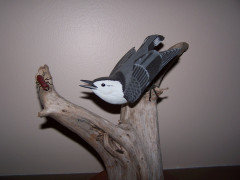



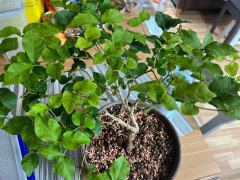
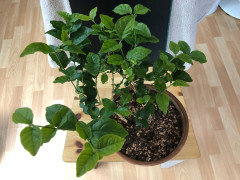
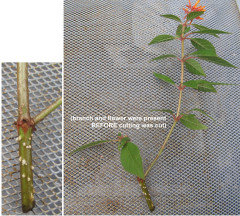
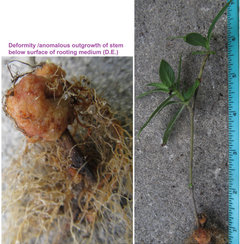
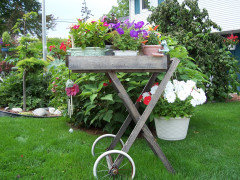



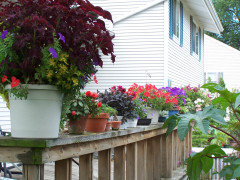
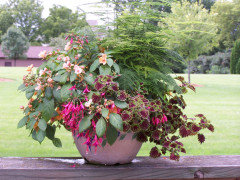


greenman28 NorCal 7b/8a